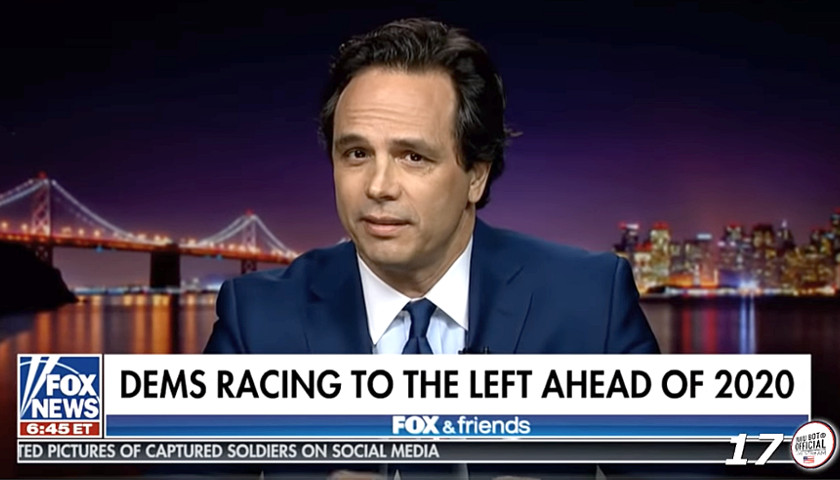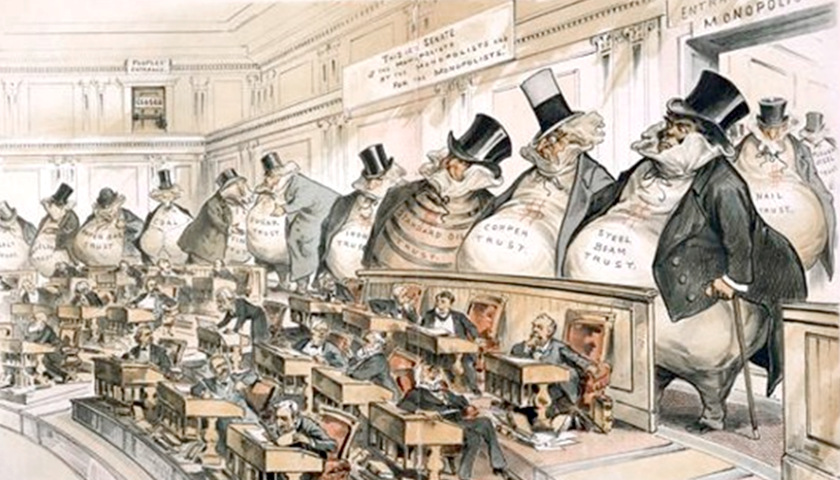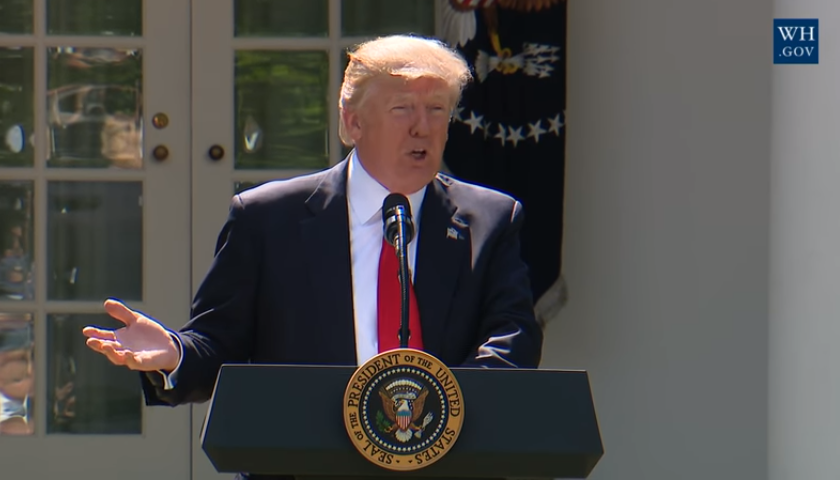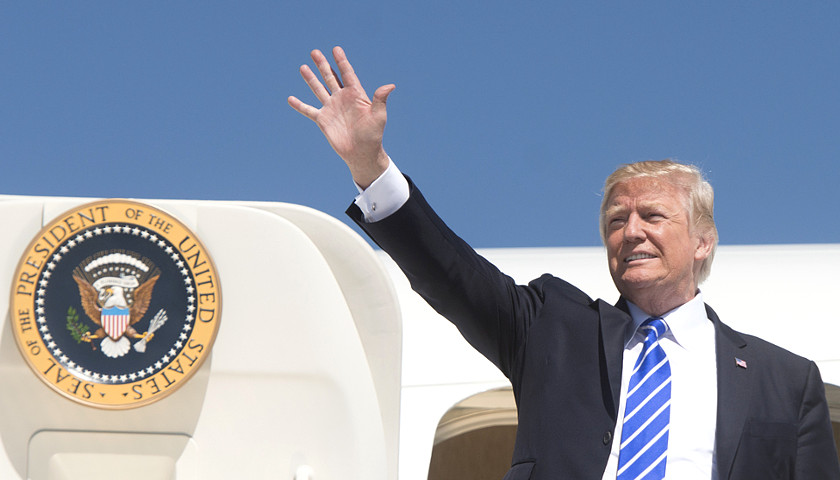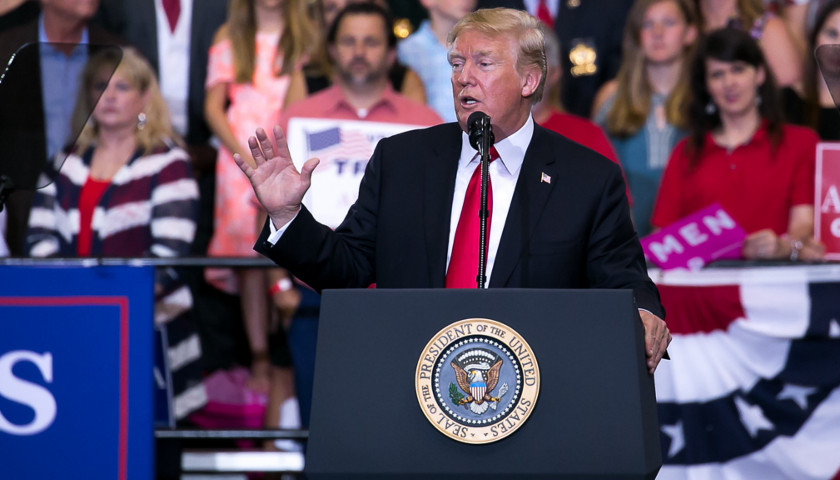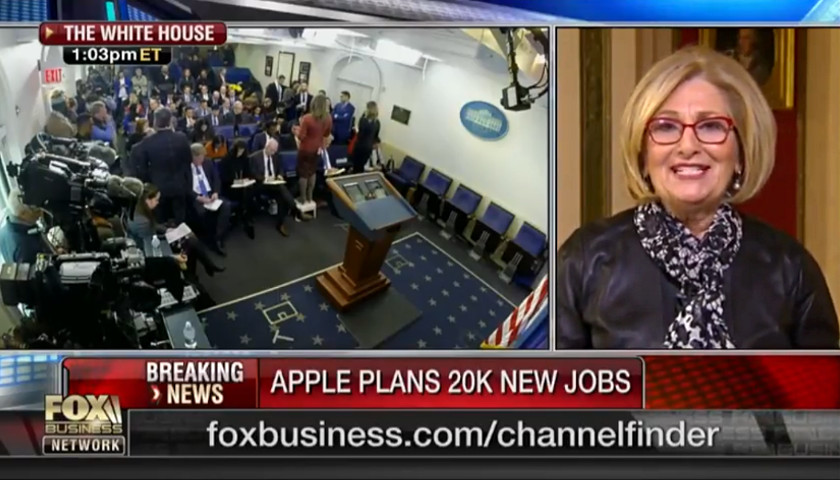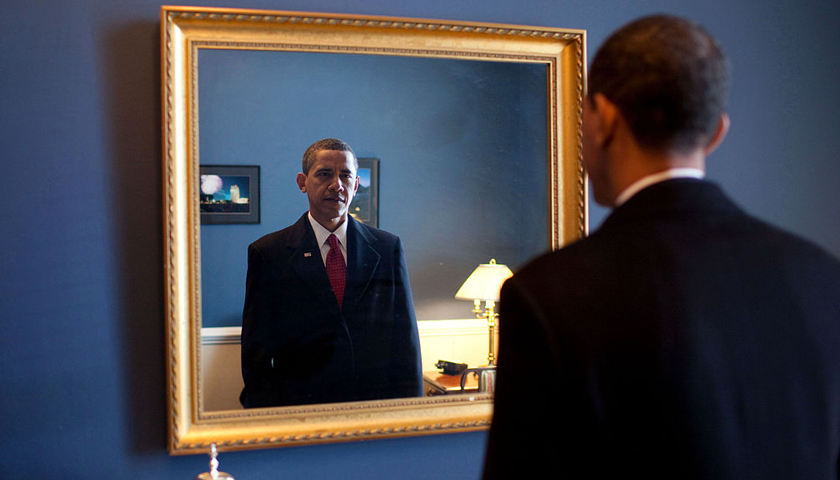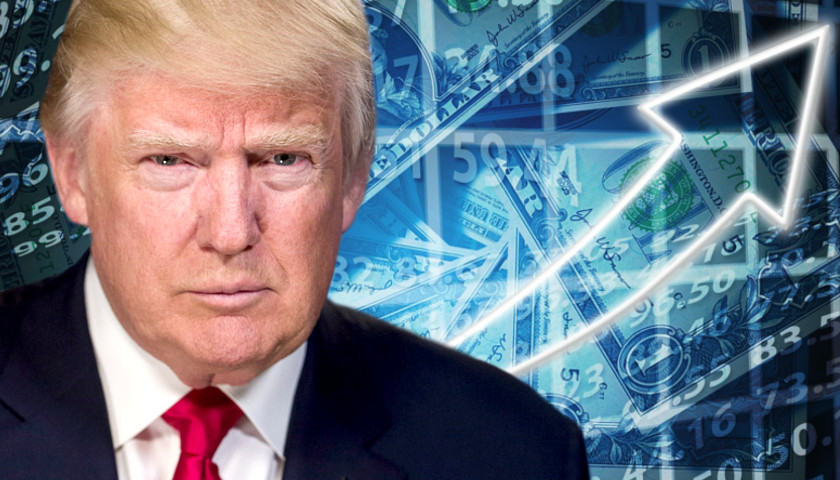by Nick Givas Former California GOP Chairman Tom Del Beccaro listed nine ways in which America is moving towards socialism during an appearance on “Fox & Friends” Monday. Del Beccaro said increased government spending and inflated tax codes are just the beginning and claimed they’ll have a domino effect on the rest of the country. “We do have massive [spending],” he said. “We are going to spend $7.6 trillion as a society in this upcoming year which is roughly four times what Reagan’s era spent when he said government was the problem.” “We have massive tax systems,” Del Beccaro continued. “And hallmarks of socialist societies are poor incentives where there is weak economic growth. And that comes from tax systems. Trump did a good job beginning with the business tax code. He’s got to do better with personal so we have better growth.” He then moved to reduced economic growth through government interference and cited the EU as a prime example. “[The EU] had zero economic growth over the last 20 years and government is about 60, 70 percent of their economies,” Del Beccaro said. “In the United States we’re about 36 [percent]. With regulations closer to 50. Our growth has slipped…
Read the full storyTag: GDP
Commentary: The Globalist Mindset Is as Simple as, ‘They Hate You’
The common target of the populist pushbacks across the world is an administrative and cultural elite that shares a set of transnational and globalist values and harbors mostly contempt for the majority of their own Neanderthal citizens who are deemed hopelessly un-woken to environmental, racial, gender, and cultural inevitabilities.
Read the full storyChina’s Economy Isn’t What It’s Cracked Up to Be
by Gabriella Beaumont-Smith China is a rising economic power that will threaten the United States’ place as the world’s biggest economy. At least, that’s the narrative we’ve become familiar with. But does it really hold up? Economists use gross domestic product to measure the size and growth of national economies. GDP is based on the real value of what is produced. It’s usually measured by calculating how much money was spent in one country during a single year. In terms of GDP growth, no country has been hyped up more than China. The World Bank reported that in 2017, China had become the world’s largest economy with a GDP topping $23 trillion. By comparison, United States GDP in 2017 was just over $19 trillion. Indeed, China’s growth has been impressive. Over the last 25 years, its economy has grown at an average rate of 9.6 percent a year. But China’s economy still isn’t as big as it’s often advertised, and that’s because a misleading measure is used. The measure is called the purchasing power parity exchange rate. This exchange rate tells us how much money you would need in China to be as wealthy as you are in the…
Read the full storyGreat Economic News Bedevils Trump Detractors
by Rick Manning The incredibly positive economic data that keeps coming out from both private and public sector sources leads to one overriding question: Will the Trump economic detractors ever get tired of being wrong? Over the course of the past six months, we have heard how tariffs against the Chinese would be passed along to the consumers in higher prices — yet the just released inflation data from the Labor Department’s Bureau of Labor Statistics shows that last month the Consumer Price Index increased a seasonally adjusted 0.2 percent for all items with the past six months showing a paltry 0.8 percent increase for all items. The Federal Reserve target for inflation growth is 2 percent per annum and the past six months are tracking twenty percent below that target. This is great news for the U.S. economy. Particularly when paired with BLS wage data which shows that wages have risen faster than inflation over the past year. Here is what the BLS report says: “Real average hourly earnings increased 0.2 percent, seasonally adjusted, from August 2017 to August 2018. The change in real average hourly earnings combined with the 0.3-percent increase in the average workweek resulted in a 0.5-percent increase in real…
Read the full storyThis Economy Belongs to President Trump, not Former President Obama
by Robert Romano You got to give former President Barack Obama credit, at least he’s consistent. When he came into office, the economy was in a deep recession that began when financial markets crashed in 2008, and, he said, he was blameless for the 8 million job losses that occurred, even as they continued into 2009 and the unemployment rate kept rising through 2010. But after that, he deserves all the credit, apparently. Speaking to a crowd at the University of Illinois on Sept. 7, Obama bragged, “[W]hen you hear how the economy is doing right now, let’s just remember when this recovery started. I’m glad it’s continued, but when you hear about this ‘economic miracle’ that’s been going on when the job numbers come out…” To be fair, the number people with jobs did increase after 2010 substantially when the worst of the recession was over at a rate of a little more than 2 million a year, about what it is right now. That’s the point Obama wants to make. But here’s what he doesn’t want to hear. It wasn’t good enough — by a long shot. During Obama’s tenure in office, the economy never grew above 3 percent,…
Read the full storyFor Q2 to Get Back on Track, 4.1 Percent GDP Growth Is the Magic Number
By Robert Romano When President Donald Trump stood for election in 2016, he set a national goal of getting the U.S. economy to grow 4 percent annually, and maybe even greater than that. Speaking to the Economic Club of New York on Sept. 15, Trump said, “it’s time to establish a national goal of reaching 4 percent of economic growth. And my great economists don’t want me to say this but I think we can do better than that.” It’s a good goal for the nation to have. The economy has not grown above an inflation-adjusted 4 percent since 2000, and not above 3 percent since 2005. Which makes it good news that the Atlanta Federal Reserve is projecting 4.8 percent growth annualized for Q2. At the current point, the American people would be happy just to get to 3 percent. But in 2017, the economy fell short, only growing at 2.3 percent. And in the first quarter of 2018, it is only grew at 2.2 percent annualized. Meaning to get back on track for 2018 with a target above 3 percent, the economy will need to grow at 4.1 percent annualized in the second quarter, according to an analysis of Bureau…
Read the full storyRep. Diane Black: Economic Optimism Is Back
Representative Diane Black (R-TN-06) joined Charles Payne on Wednesday’s Fox News broadcast of ‘Cavuto Coast to Coast’ to discuss the possibility of a government shutdown, the inevitable blaming of Republicans by the mainstream media for it, and also the breaking news of Apple, Inc.’s decision to invest $350 billion in the United States which they say will create 20,000 new jobs. Payne opened the interview, asking, “Are the Republicans in danger of going into or cutting a deal that they don’t want because of PR pressure?” “We’re going to come out of this just fine,” Black answered. “There are always negotiations, as you know, Charles. Here in Congress we wait until the last minute which I don’t always agree with, but that’s where we are on this continuing resolution. In my opinion, we’re going to get a deal. We cannot, at this point in time, disrupt what you’ve already indicated, which is that the stock market is doing well.” Pivoting to the substance of the continuing resolution that the Democrats are balking at over the DACA non citizens, Black said, “We also need to fund our military, and this is very, very important that we don’t disrupt that. Right now, we have…
Read the full story‘Thanks, Obama!’ Former President Credits Himself for Strong Economy
Former President Barack Obama is taking credit for the robust economic growth that is taking place under President Trump. At a conference of mayors in Chicago, Mr. Obama congratulated himself Tuesday for strong employment numbers in the U.S. this year, saying his climate-change policies have contributed to growth.
Read the full storyCommentary: The Shocking Truth About Our Average Annual GDP ‘Growth’
by Robert Romano One of the greatest disappointments with the U.S. economy since the turn of the century has been its consistent underperformance, not growing above an inflation-adjusted average annual rate of 4 percent since 2000, and not above 3 percent since 2005. What has come in its stead the past 10 years is the slowest economic growth rate in U.S. history — even slower than the Great Depression. Restoring the U.S. to 3 percent or maybe even 4 percent growth has been one of President Donald Trump’s major goals, but getting there will not be so easy. Just take 2017. On an inflation-adjusted, annualized basis, there was 1.2 percent growth in the first quarter, 3.1 percent in the second quarter and 3.0 percent growth in the third quarter, according to data compiled by the Bureau of Economic Analysis. So, to get to 3 percent growth for the year, we’d need 4.7 percent growth in the fourth quarter, right? Wrong. The actual answer would be 14.5 percent. Why? How is that possible? Because annual GDP growth is calculated by the taking the four readings of the real GDP using chained dollars for two consecutive years, averaging each year out…
Read the full storyAugust Auto Slump Holds Down US Retail Sales
Sagging sales of autos held down overall US retail sales in August, with American consumers buying goods and services at their slowest pace in six months, government data showed Friday. However, the Commerce Department said it was unclear to what extent Hurricane Harvey had affected the monthly numbers, with the storm both hurting and helping sales…
Read the full story
